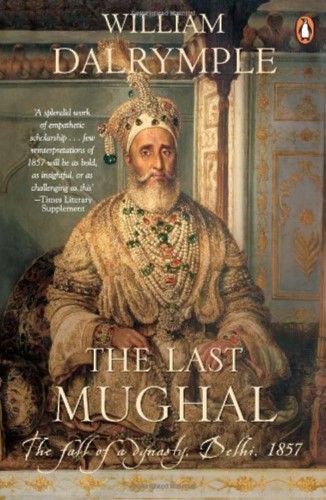It is 7th November 1862, Rangoon. A shrouded corpse is escorted by a motley crew of British soldiers. A nondescript grave is ready inside the prison premises. The British officer in charge insists that no one is able locate the last resting place of Bahadur Shah Zafar II, the last Mogul emperor.
Zafar, in his lifetime, was a skilled calligrapher and a talented poet. While Zafar’s more illustrious ancestors controlled most of the Indian subcontinent, he was an emperor only in name. Denied any political powers by East India Company, Zafar succeeded in forging a court of brilliance and presided over what was perhaps one of the greatest cultural renaissance in the world.
Exploring the fall of the Mughal Empire, author William Dalrymple in The Last Mughal, uses new sources to pen to expound that stage of Indian history.
Zafar ascended Delhi’s throne when the Mughal Empire was already in steep decline. As the years passed, the British progressively usurped his power. A reluctant Zafar was declared the king of India in May 1857 when the sepoy mutiny broke out. He had no powers to resist it and knew that the event was doomed even before it officially started. Four months later, the British captured Delhi resulting in disastrous consequences. The city was left in ruins.
With an unmatched account of Indian and British, The Last Mughal is a revelatory account of one of history’s bloodiest upheavals.
The book is available in paperback in its first edition and was published in May, 2007.
Key Features:
- The book is the winner of the prestigious Duff Cooper Prize and the Vodafone Crossword Book Award, both in 2007.
- Dalrymple conducted research on the book along with eminent Urdu scholar Mahmood Farooqui.




Reviews
There are no reviews yet.